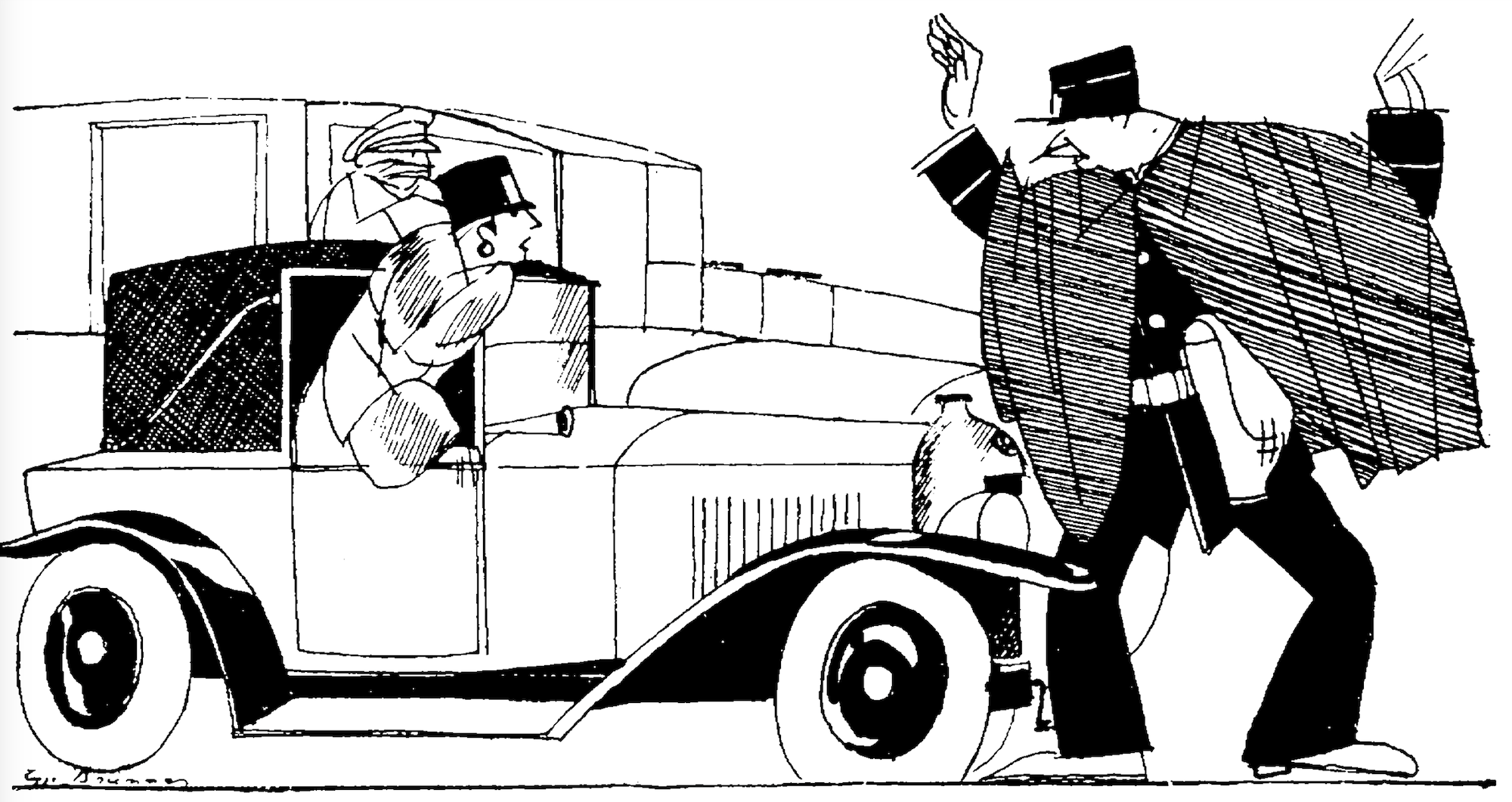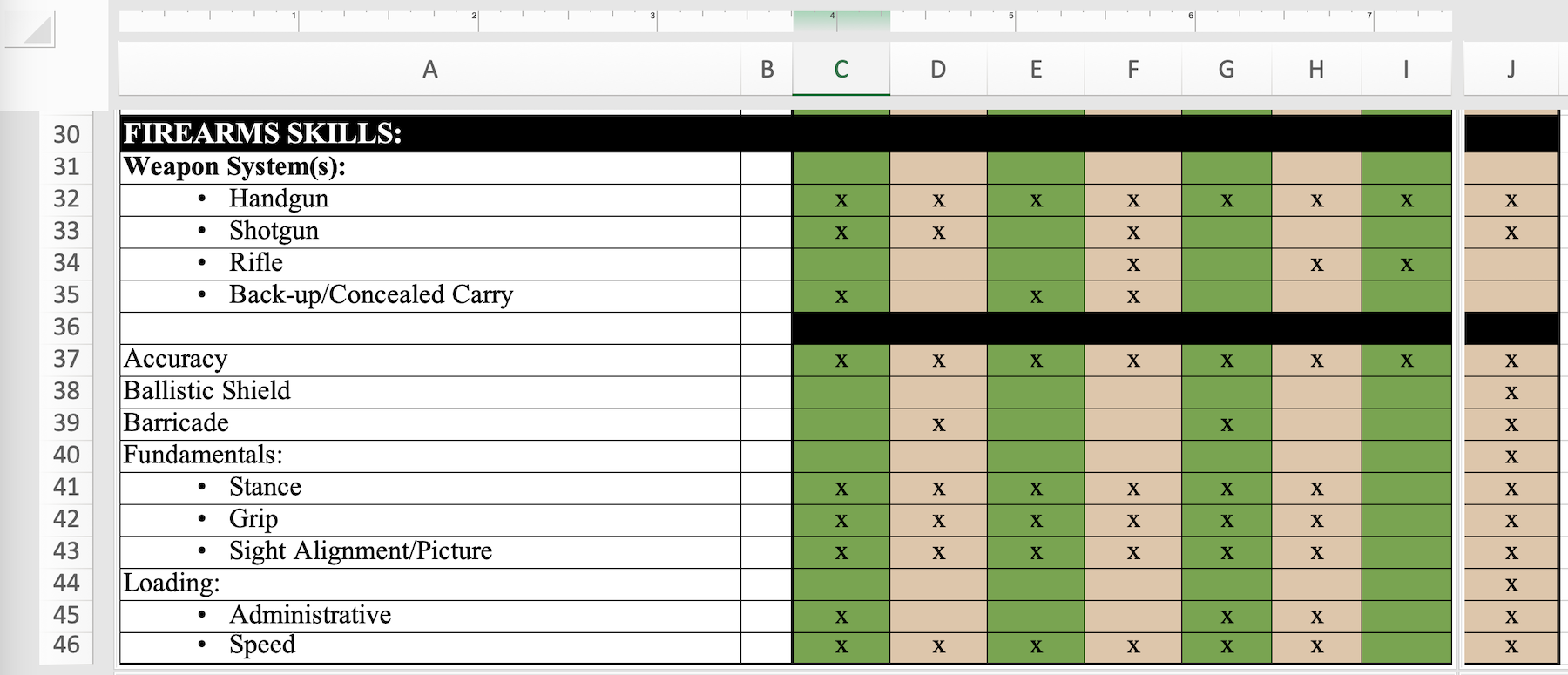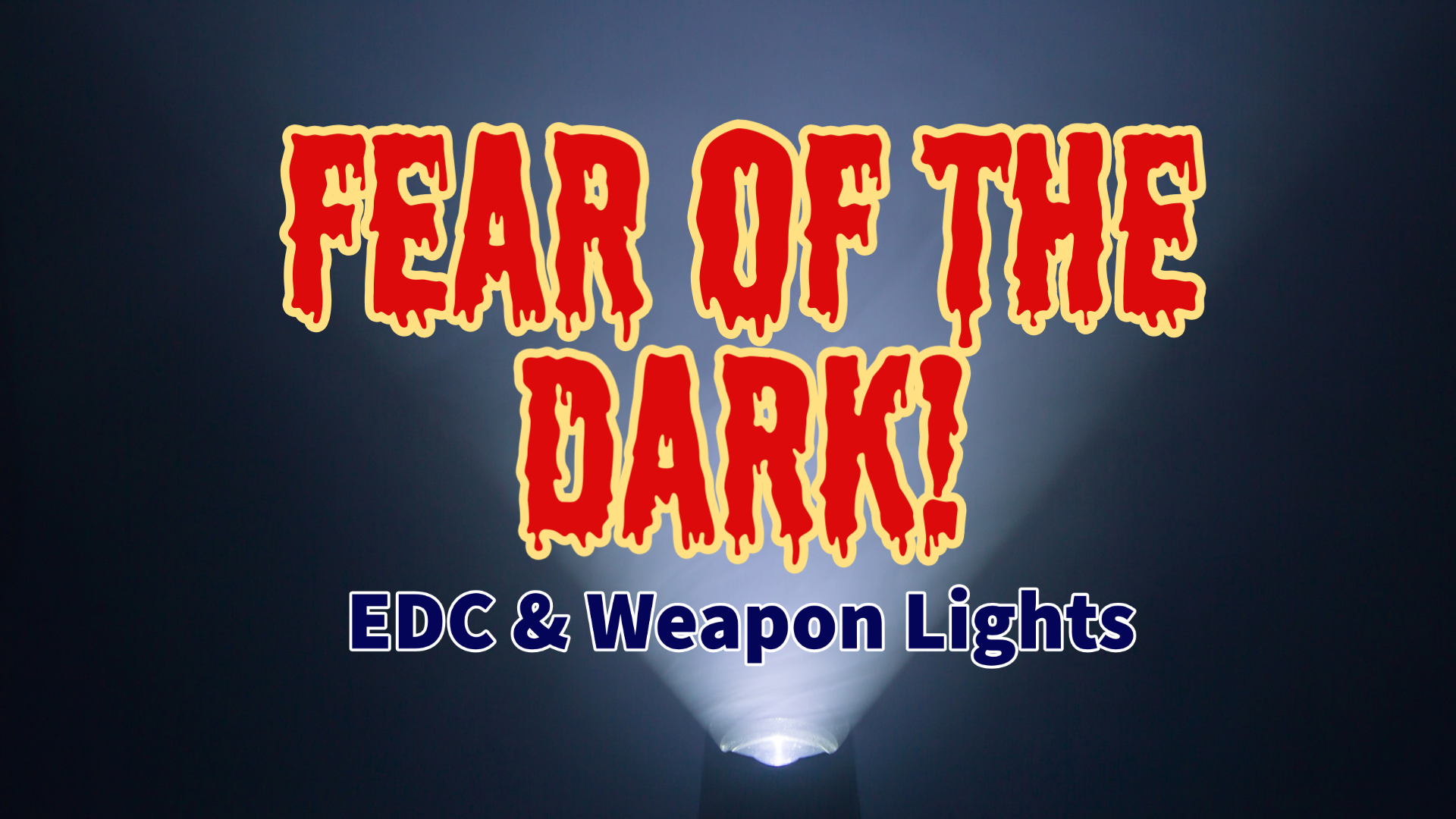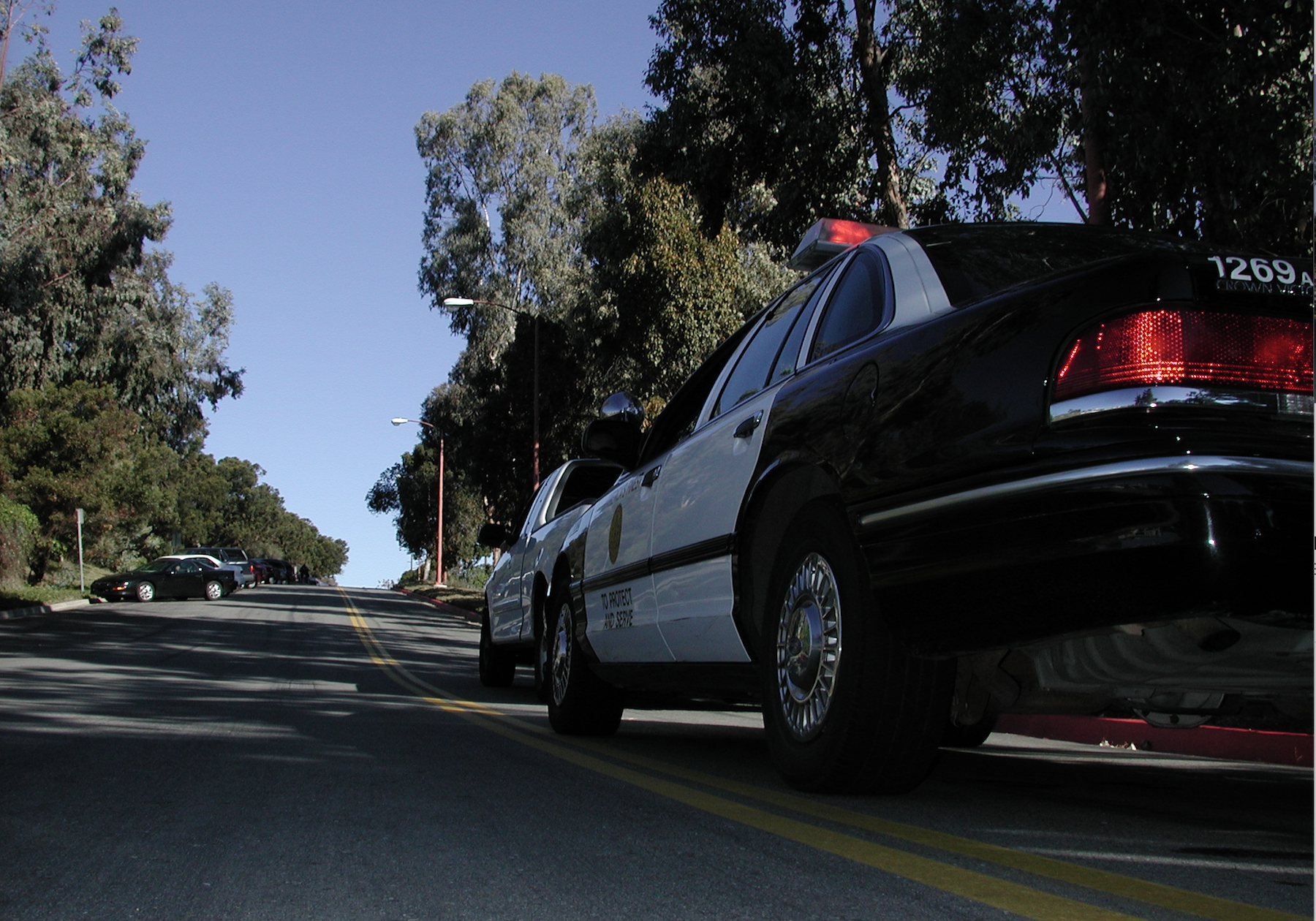
CHIEF-2
A reader asked me to comment on the Albuquerque, N.M. Police Association’s (APA) practice of giving sums of cash to officers involved in shootings or other traumatic incidents. These payments, averaging several hundred dollars each, are given almost immediately after the incident involving an officer. The media has seized on this practice labeling it a “bounty” system. The union argues such payments are solely intended to assist the officers with expenses incurred as a result of on-duty shootings. What’s my take on this?
Over the past few decades, we’ve learned that although the use of deadly force is something every officer potentially faces, not all officers react in the same manner to such incidents. Some suffer from what the mental health profession has identified as Post Traumatic Stress Disorder (PTSD). It’s a factor common to both law enforcement and the military. The highly publicized case of an Army Sergeant murdering 17 Afghan civilians in an unprovoked attack has been attributed to PTSD and serves as an example.
Agency Obligations
Clearly law enforcement agencies have a responsibility to their officers who have been involved not only in deadly force incidents, but in any very traumatic incident which could result in short- or long-term ill effects. The officer’s wellbeing, his or her family’s, as well as the safety of the public depends upon agencies meeting that responsibility.
It is a common practice for most, but not all, agencies to place officers involved in traumatic incidents on administrative leave to give them an opportunity to decompress. Many agencies offer, and some require counseling for such officers and many require a psychological reevaluation prior to a return to duty. The question in my mind is not whether the costs of such interventions should be on the shoulder of someone other than the officer, but rather whose shoulder.
Professional policing agencies should recognize it’s their responsibility to bear the cost of a temporary relief from duty, counseling, and a reevaluation of fitness if it appears such a reevaluation is prudent. While agencies cannot dictate or control what police associations or unions do, it should be possible for the agency and the union to agree on a policy; and one, which minimizes public criticism of both the agency and the police association.
Inviting Criticism?
If the agency has a written protocol for dealing with such incidents, and it should, that policy is open to public review. The agency also has the ability to explain, pre-incident, why the policy is in place and what positive goals it is designed to accomplish. If a non-government entity, such as a police association or union, implements a practice such as the one in Albuquerque it will inevitably give rise to the generally anti-police media misrepresenting it. The usual spin is never designed to make the agency or union look like anything other than bloodthirsty oppressors of the public.
So, no matter how will-intended the APA cash allotment program is, it gives rise to unnecessary suspicion and it duplicates or substitutes for what should be the responsibility of the police department. Doing the right thing must be law enforcement’s number one priority. Doing it in a way that minimizes the chance for public criticism must rank high on the priority list as well.
By Jerry Boyd
The author may be contacted with comments and suggestions for future columns via [email protected]
>> Click Here << To Read More From The Chief
View The American COP August 2012 Issue Now!















